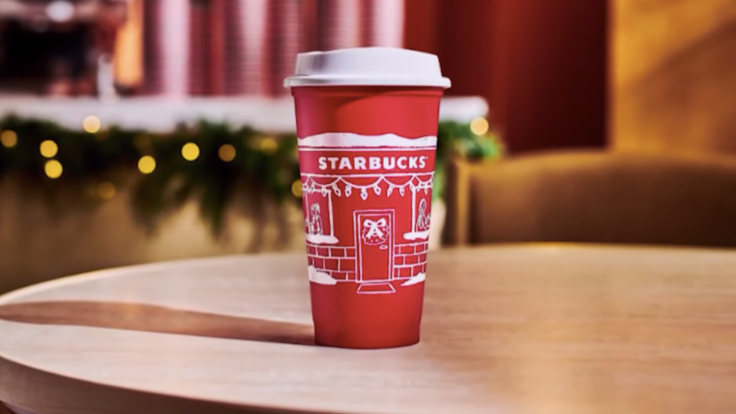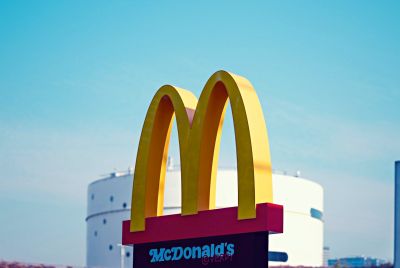Free Cup, Heavy Footprint? The Green Claims Behind Starbucks' Red Cup Day

Starbucks' highly anticipated Red Cup Day returns on 13 November, offering customers a free reusable holiday cup with the purchase of any handcrafted seasonal drink.
The annual promotion is meant to celebrate festive cheer while encouraging customers to embrace more sustainable habits.
Yet environmental experts say the feel-good messaging may not align with the real ecological cost, raising questions about whether the giveaway genuinely reduces waste or merely boosts seasonal sales.
A Festive Giveaway Framed As A Green Initiative
On Red Cup Day, customers at participating US stores receive a 16-ounce reusable red cup with their holiday or autumn beverage, while supplies last.
The cup, designed by artist Yvonne Chan, is made from 95 per cent recycled materials. Starbucks says customers who bring it back for future drinks earn a 10-cent discount and double Stars through the Starbucks Rewards programme.
The company promotes the giveaway as a way to combine holiday excitement with environmental mindfulness. Starbucks says the cups are part of its effort to make drinkware 'more sustainable' and encourage repeat reuse — a key part of its long-term packaging goals.
However, experts warn that sustainability claims hinge entirely on whether customers consistently use the cup, not simply on the materials it's made from.
Are The Cups Truly Sustainable?
Environmental researchers say reusable cups only deliver a measurable environmental benefit if used many times — often dozens — to offset the manufacturing, shipping and long-term resource footprint.
Citing previous lifecycle analyses, The Guardian reports that even recycled-material cups require substantial energy and water to produce. If customers take the free cup home but rarely reuse it, the net environmental benefit collapses.
The Washington Policy Centre notes that because the cups are free, many may be discarded or forgotten rather than integrated into regular habits. This limits their impact and may even increase waste compared with customers who already use personal mugs.
Starbucks has pledged that by 2030, all its packaging will be either reusable, recyclable, or compostable. According to AP News, the company has made progress — such as reducing plastic in cold-drink cups — but analysts say the environmental benefits of high-volume promotions like Red Cup Day remain unclear without data on actual reuse.
A Cultural Moment — But What About Consumption?
Red Cup Day has become one of Starbucks' most significant marketing events of the year. People.com reports that fans often queue up before opening hours, turning the giveaway into a social media spectacle that fuels anticipation for holiday drinks.
The company says it will distribute 'more cups than ever' in 2025 to meet demand and ensure customers don't leave disappointed.
But critics argue that the event may unintentionally promote higher consumption of seasonal beverages — many of which are single-use packaged — offsetting any sustainability messaging. Without metrics on how many cups are reused versus thrown away, the actual ecological footprint remains difficult to quantify.
Bottom Line
For millions of coffee lovers, Red Cup Day is a fun, festive event. Yet environmental experts caution that the free cup may not translate into meaningful sustainability gains unless habits change.
Starbucks' marketing emphasises reuse, but the actual ecological footprint of the promotion depends on how customers engage with it and how many cups are truly recycled or reused over time.
© Copyright IBTimes 2025. All rights reserved.




















